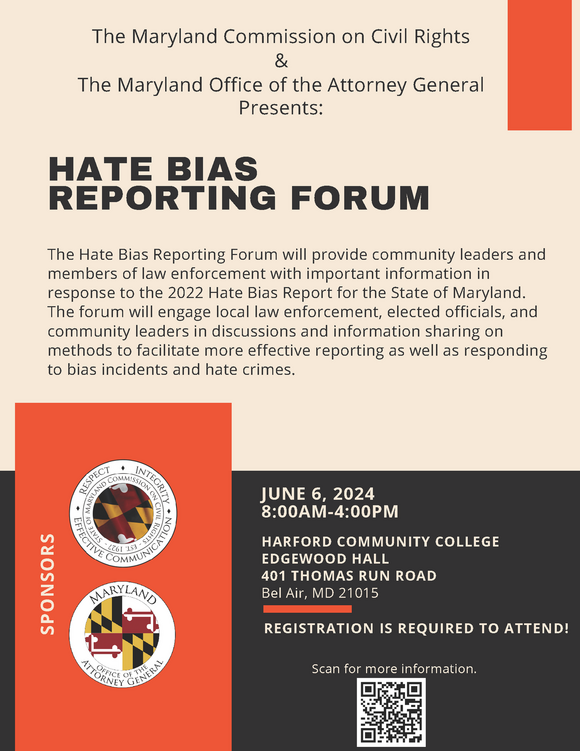HUD's research publication PD&R Edge has just published the results of two surveys examining recent White Flight migration. “Validating the White Flight Hypothesis: Neighborhood Racial Composition and Out-Migration in Two Longitudinal Surveys” uses data from two longitudinal surveys, the Panel Study of Income Dynamics (PSID) and the Survey of Income and Program Participation (SIPP), to compare probabilities of neighborhood out-migration for Whites, Blacks, Hispanics, and Asians by neighborhood racial and ethnic composition. “White flight,” or the tendency of White households to move out of neighborhoods as the proportion of racial and ethnic minorities living in the neighborhood increases, is a basic assumption of theories of racial and ethnic residential segregation. Few studies, however, have empirically tested this assumption, with those that have relying almost entirely on PSID. Although PSID is a rich source of longitudinal data on the sociodemographic and economic characteristics of U.S. households, it is based largely on a sample of households originally drawn in the 1960s and their descendants. While research using PSID data has consistently confirmed that White households frequently move out as the number of minorities in a neighborhood increases, these studies examine the post-1960s period of increasing racial and ethnic diversity.
Findings
The researchers found that, for White households, the likelihood of out-migration increases as neighborhood minority shares grow. The trend is most apparent in predominantly White neighborhoods - that is, when the percentage of minorities (non-White residents) in a neighborhood increases from 0-20%. Because most White households live in neighborhoods with few minorities, this finding suggests that in predominantly White neighborhoods, small increases in the share of minority residents can spur out-migration for some White households. In neighborhoods in which the minority share exceeds 20%, the rate of out-migration was slower. When the researchers examined Whites' responses to neighborhood proportions of Blacks, Hispanics, and Asians alone rather than the minority population as a whole, the results were similar: as neighborhood shares of each group increased from 0 to 20%, White households were more likely to out-migrate.
The studies' research also found that out-migration of Black households increases as the neighborhood share of Hispanic residents rises from 0 to 20%. Also, there was increasing out-migration of Hispanic households as Black neighborhood shares increased. Finally, it was found that the mobility behaviors of Asian households are largely indifferent to neighborhood racial composition.
Conclusions
The research highlights the continued important determining role of race in the migration decision making process and the broader spatial foundations that shape inequality and mobility.
Earlier work appearing in PD&R Edge documented the difficulties HUD’s housing assistance programs have encountered in reducing racial and ethnic segregation. While housing assistance programs have successfully improved neighborhoods and the lives of individuals receiving assistance, these programs have not significantly reduced racial and ethnic segregation.
This research found that additional barriers to efforts to reduce residential segregation are:
(1) The active resistance of some White households, who may resort to moving to new neighborhoods to avoid living with minorities.
(2) The tendency for minorities to avoid neighborhoods predominantly occupied by other minorities.






